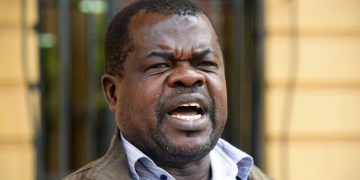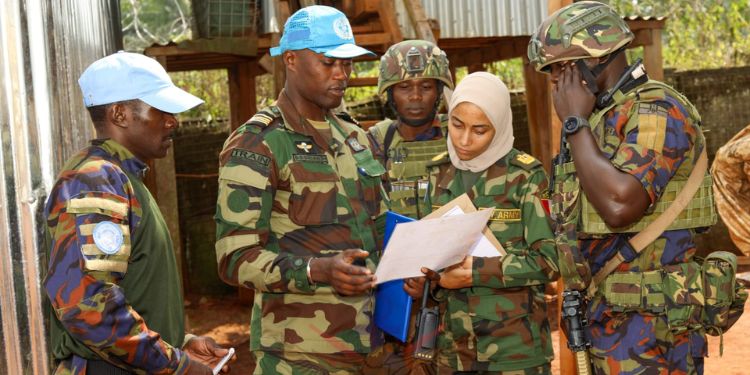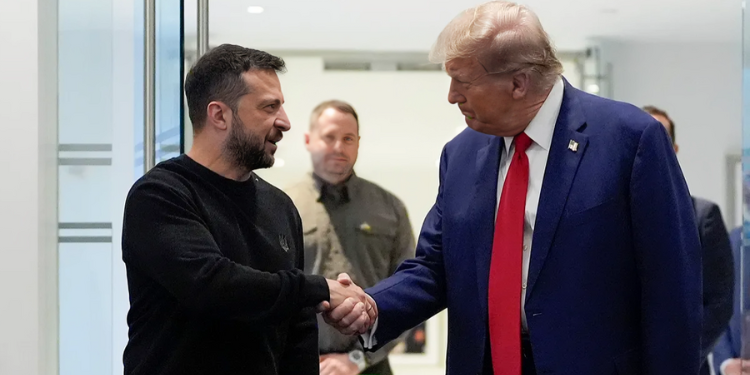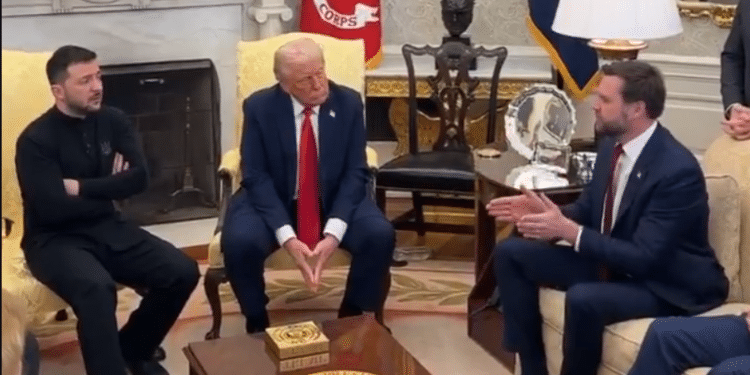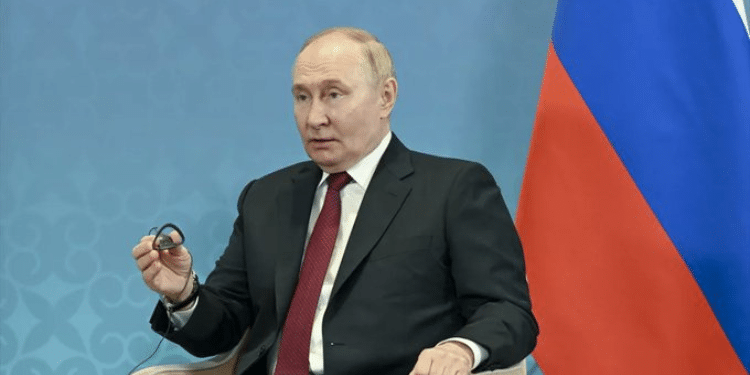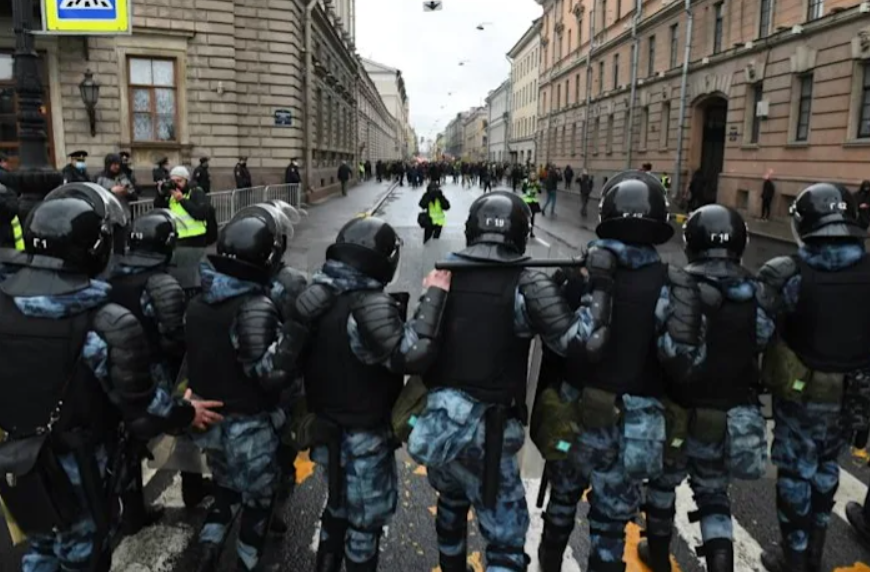Ukrainian President Volodymyr Zelenskyy has clarified that Donald Trump did not reject Ukraine’s request for long-range Tomahawk missiles during their recent meetings.
Instead, Trump indicated that the U.S. would consider the possibility at a technical level, and Zelenskyy emphasized that he did not receive a negative response from the American president.
“I have not received a refusal from Trump regarding the sale of Tomahawk missiles. The US will work on this issue at a technical level.”
Faithful Zelenskyy
Zelenskyy believes that supplying Ukraine with Tomahawk missiles could shift the strategic balance and pressure Russia into negotiations.
He added that the missiles could “make the Russians sober up” and compel Russia to return to the negotiating table, potentially without even needing to be fired.
“Weapons like these and all such things can strengthen Ukraine and make the Russians sober up a little, sit down at the negotiating table.”
Trump has previously expressed skepticism about prolonged U.S. involvement in foreign wars but has also hinted at wanting to broker peace in Ukraine.
Zelenskyy even went so far as to say that if Trump helps secure a ceasefire, Ukraine will nominate him for the Nobel Peace Prize.
Zelenskyy has made it clear that Ukraine is prepared to use every diplomatic and strategic tool available to end the war on its terms.
A Calculated Appeal
With U.S elections approaching, Ukraine is positioning itself to maintain support regardless of who holds office.
This approach reflects Ukraine’s understanding that its survival depends on consistent, cross-party backing from its most powerful ally.
The request for Tomahawks marks a shift in Ukraine’s defence strategy, from reactive defence to proactive defence.
Long-range capabilities would allow Ukraine to strike strategic targets far behind enemy lines, potentially disrupting Russian logistics and command structures.
This evolution in doctrine requires deeper integration with U.S military planning and technology.
Supplying Tomahawks would represent a significant escalation in the type of aid provided, moving beyond battlefield support to strategic empowerment.
It would also signal a willingness to challenge Russian red lines more directly.
Challenges Faced by Ukraine
Ukraine’s request for Tomahawk missiles faces significant technical limitations and political sensitivities that complicate the potential transfer.
Tomahawk missiles are designed for launch from U.S. Navy ships, submarines, and select aircraft.
Ukraine lacks these platforms, meaning the missiles cannot be deployed without substantial adaptation.
Land-based launch systems would need to be developed or transferred, requiring time, resources, and coordination with U.S. defence contractors.
The introduction of long-range strike capabilities could be perceived by Russia as a major escalation, potentially provoking retaliatory measures beyond Ukraine’s borders.
Russia has repeatedly warned that Western-supplied weapons capable of reaching deep into Russian territory cross a red line.
This risk has made NATO allies cautious.
Also Read: Details of Proposed Law Giving Govt Power to Shut Down Social Media Accounts
While many support Ukraine’s right to defend itself, there is concern that supplying Tomahawks could entangle the alliance in direct conflict or trigger unpredictable responses from the Kremlin.
Trump’s Political Calculation
While there remains a core bipartisan bloc in Congress that supports Ukraine, the intensity and scope of that support are under pressure.
Some lawmakers advocate for expanded military assistance, arguing that Ukraine must be equipped to win decisively.
Others, particularly in the Republican camp, are calling for greater scrutiny of aid packages, citing concerns over cost, accountability, and mission clarity.
Also Read: Zelensky Warns Putin Preparing to Ignite Big War Across Europe
Trump has previously criticized “endless wars” and questioned the value of NATO, yet he has also expressed interest in brokering peace in Ukraine.
The Tomahawk request, with its long-range strike capability, adds a layer of complexity.
It’s not just about defending Ukraine, it’s about enabling it to project power deep into Russian territory, which raises questions about U.S. strategic intent and the risk of escalation.
Follow our WhatsApp Channel and X Account for real-time news updates.
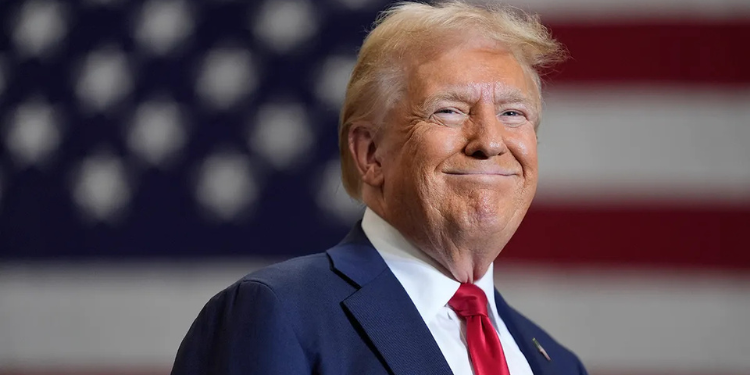


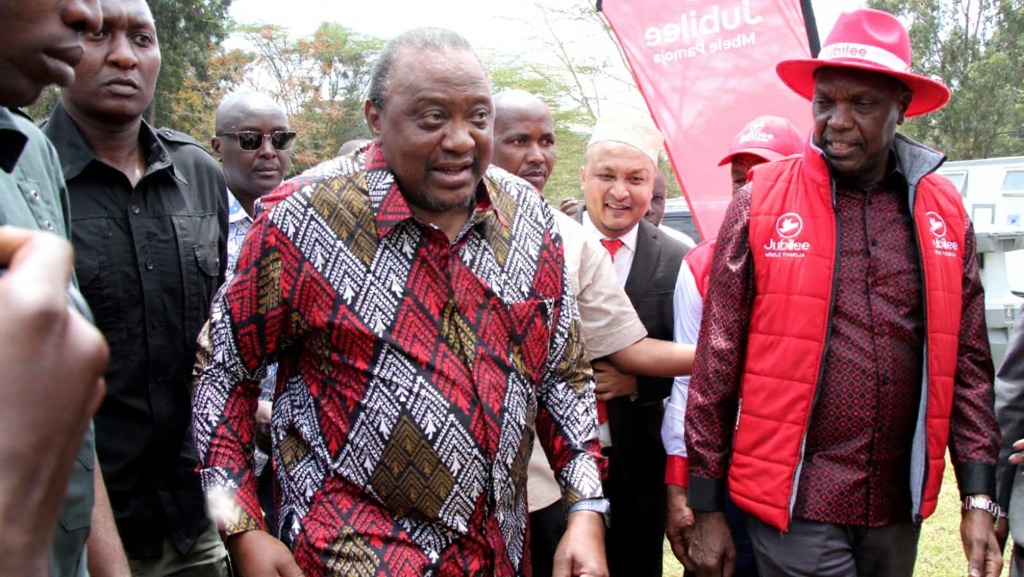
![11 Companies To Be Granted Licenses To Export Coffee From Kenya [Full List] Afa To Issue Coffee Export Licenses To 11 Companies In Kenya]( https://thekenyatimescdn-ese7d3e7ghdnbfa9.z01.azurefd.net/prodimages/uploads/2025/11/AFA-CEO-2025-360x180.png)


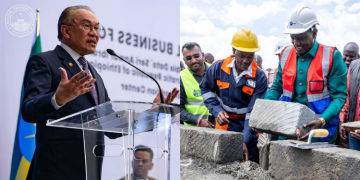
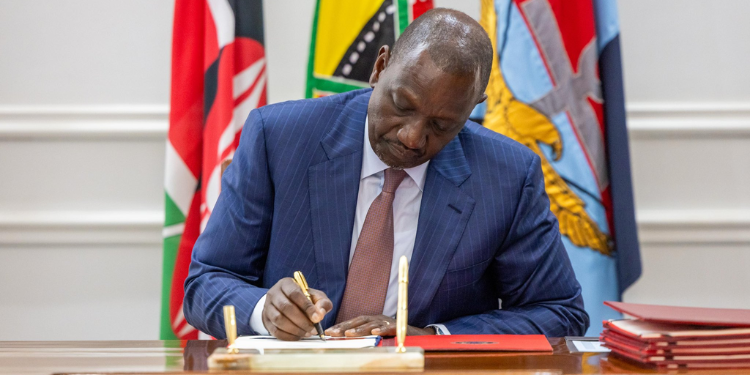

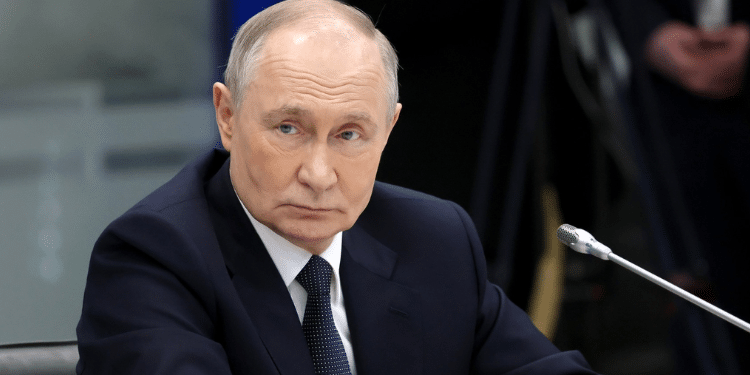

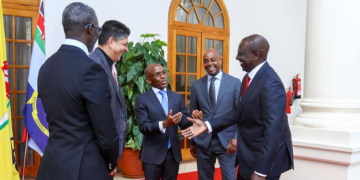





![Billions Each Top Kenyan Bank Has Made So Far In Profits This Year [List] Q3 2025 Results For Equity, Kcb, Co-Op, Absa And Other Banks]( https://thekenyatimescdn-ese7d3e7ghdnbfa9.z01.azurefd.net/prodimages/uploads/2025/11/C0-OP-KCB-Equity-Absa-360x180.png)















